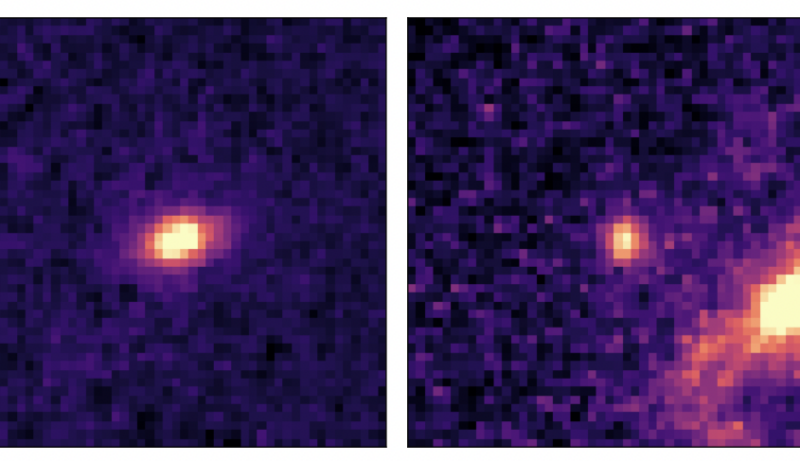[ad_1]

Enlarge / The two newly imaged galaxies, with the older one at right. (credit: Naidu, et. all.)
One of the design goals for the James Webb Space Telescope was to provide the ability to image at wavelengths that would reveal the Universe’s first stars and galaxies. Now, just a few weeks after its first images were revealed, we’re getting a strong indication that it’s a success. In some of the data NASA has made public, researchers have spotted as many as five galaxies from the distant Universe, already present just a few hundred million years after the Big Bang. If confirmed to be as distant as they appear, one of them will be the most distant galaxy yet observed.
Opening up
For many of its observatories, NASA allows astronomers to submit proposals for observation and allows those users to have exclusive access to the resulting data for a time afterward. But for its newest instrument, NASA has a set of targets where the data will be made public immediately, for anyone to analyze as they wish. Some of these include locations similar to one of the first images released, where a large cluster of galaxies in the foreground acts as a lens to magnify more distant objects.
(You can look at the details of one of the datasets used for this analysis, called GLASS, which used the cluster Abell 2744 to magnify distant objects, which were urther magnified by the telescope.)
Read 10 remaining paragraphs | Comments
[ad_2]
Source link
